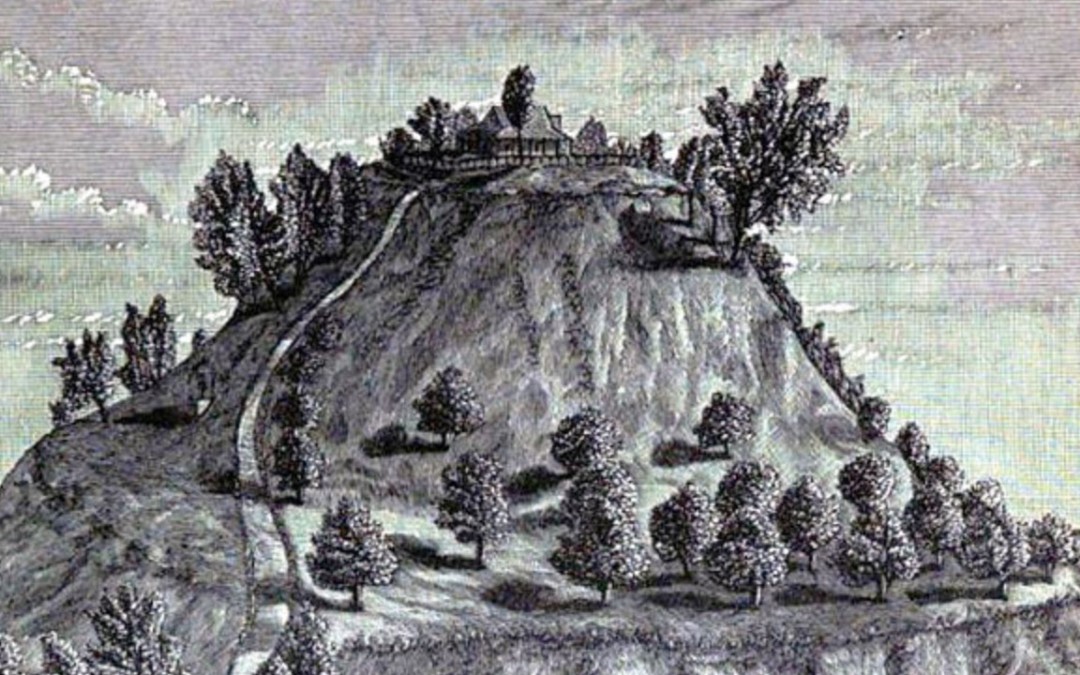The history of pre-Colombian America has largely been forgotten. This is partly due to historical records neglecting it, but it’s also the standard cycle. When invaders capture a territory, they attempt to erase the achievements of it’s previous inhabitants. There were dozens of ancient American civilizations that flourished in their age. Their cultures were unique and their history mostly passed down through oral history. But there is some physical evidence that we can examine. The remnants of these lost ancient American civilizations can still be seen if you look hard enough. Here are my 10 favorite of these ancient American civilizations.

Fort Ancient
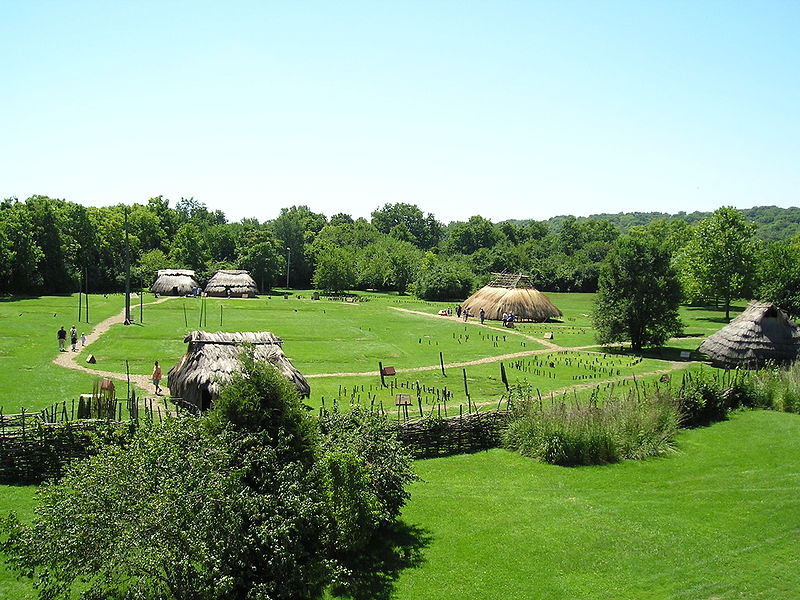
Fort Ancient was a civilization along the Ohio river for several hundred years. The height of their development was between the years 1000 and 1750 AD, before they declined for some unknown reason. It was a largely egalitarian society, with all being considered equal. So it’s unlikely they had any sort of king. Their tools were extremely primitive, being made from bone and shells. But they were able to hunt bear and elk effectively. Modern analysis has told that most Fort Ancient people’s suffered from arthritis. Ad it was their poor health that weakened the civilization – maybe that explains their sudden decline.

Cahokia
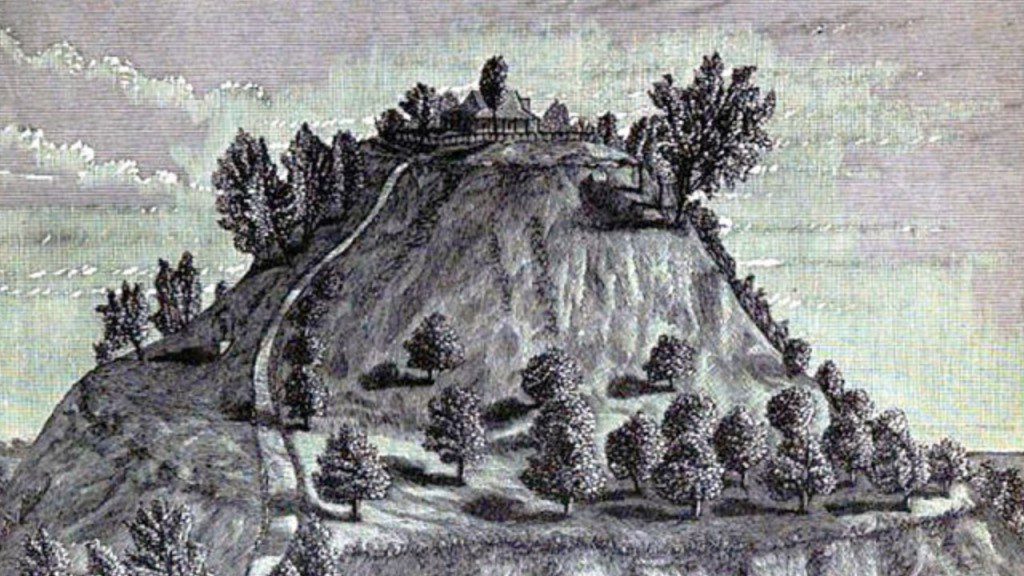
Cahokia was a city next to the Mississippi river from about 600 to 1400 AD. It was built on artificial earth mounds and stretched across 6 square miles, making it one of the most successful ancient American civilizations. It’s population is thought to have been 40 thousand at it’s peak, which means it was much larger than it’s neighbors. It’s actually the largest known ancient city north of Mexico. It was the superpower of North-America in it’s day but the entire city was eventually abandoned. Human sacrifice seems to have been an important part of Cahokia life as many victims have been discovered. So maybe the gods told them to abandon the city. The city consisted of small sections each built onto an earth mound in a weird network of hill structures.

Coles Creek Culture
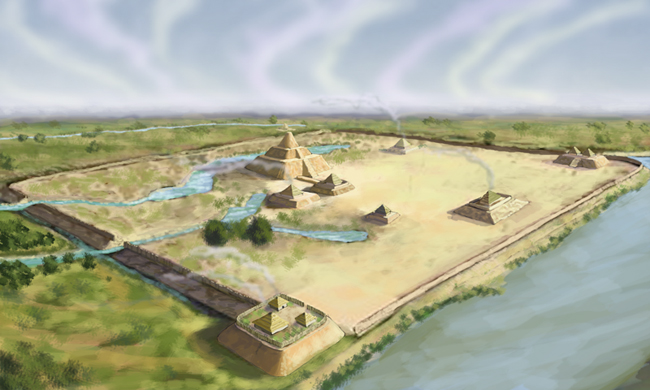
Copyright Herb Roe / (CC BY-SA 3.0)
Coles Creek culture was a civilization in modern day Louisiana. It was one of the more complex political systems of all ancient American civilizations. It is thought that each of their individual settlements operated under the command of a chief. Like most other native cultures, they usually built on artificial earth mounds. The Coles Creek culture introduced the practice of building earth mounds for human burial, especially for sacrificial victims. It’s considered one of the main influential cultures of it’s period, which was from about 700 to 1200 AD. It’s population was rapidly growing towards the end of it’s existence so it’s hard to say why it disappeared.

Hohokam
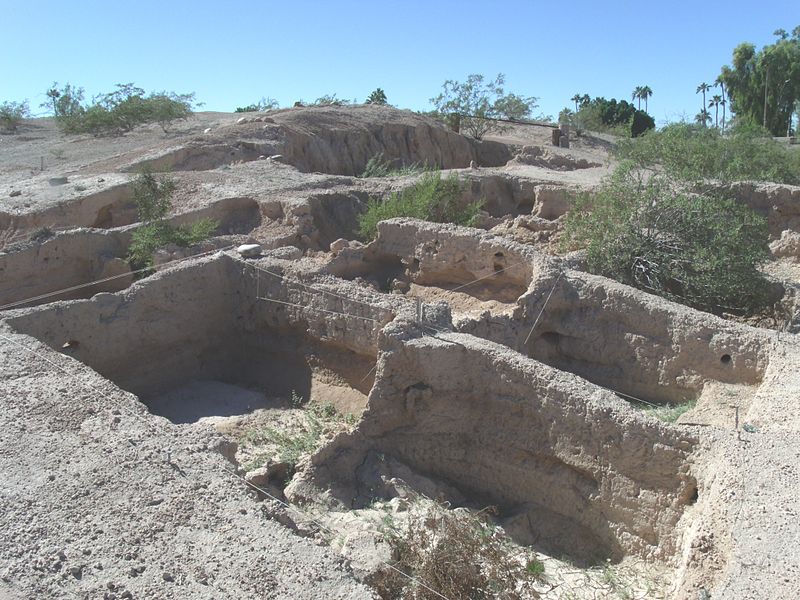
Copyright Marine 69-71 / (CC BY-SA 3.0)
Hohokam was a civilization in what is now Arizona. As one of the main regional powers, they were known for their trade routes. One of their main settlements was Snaketown, a community of several thousand – it was like the unofficial capital of Hohokam. Snaketown was completely abandoned at the beginning of the 12th century for some unknown reason. Some believe they were driven out as there is evidence of some buildings being set on fire. In 1865, a group of Americans began recolonizing the lost town after 765 years of neglect. It didn’t last long. Hohokam was a colonial power, an ancient American empire, controlling widespread villages. But climate change eventually forced them to abandon many of their major settlements, which led the the collapse of their infrastructure.

Adena Culture
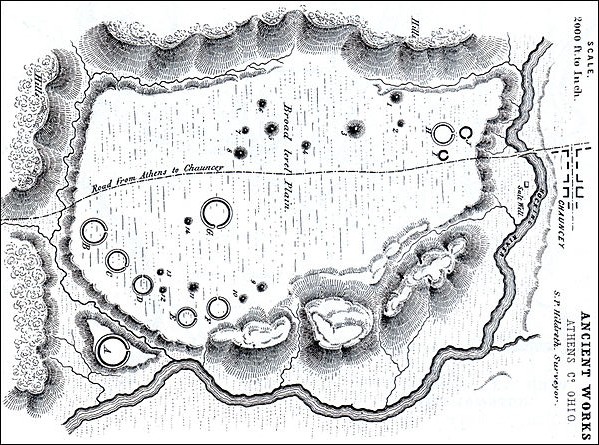
The Adena culture was a network of individual communities that shared a culture and burial system. The number of these communities is thought to have been well into the thousands and were relatively small. The Adena culture is known for their reliance on Shaman magic. The shaman would tell them what to do. When to hunt, when to go to war, and when to surrender. They seem to have been fearful of magical shape-shifting monsters who would pretend to be human. Once accepted into a society, they would transform into their true form and devour the entire community. What little we know about their lives is learned from the stone tablets they were known to carve.

Acoma Pueblo
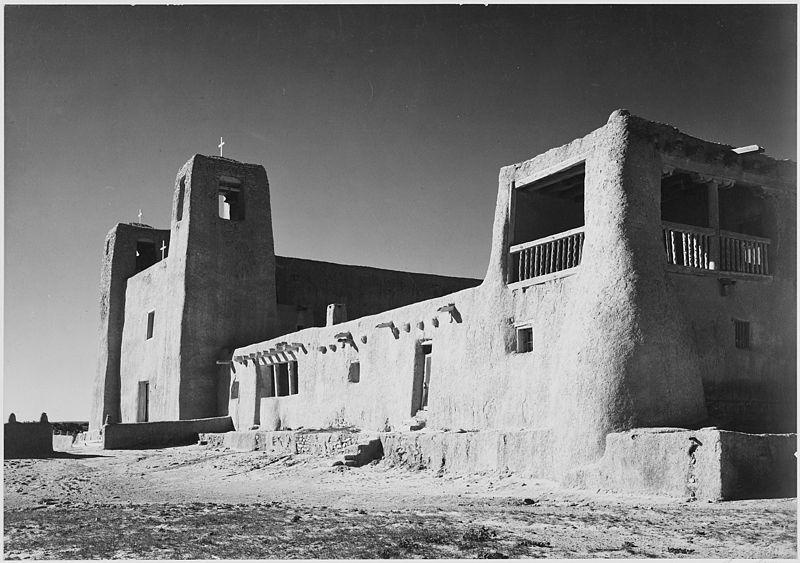
Acoma Pueblo is one of the few ancient American civilizations to survive into the modern world. Built some time before the 12th century, it is still inhabited today. The Acoma people have lived her for the last 800 years, with about 5 thousand of them remaining. It’s thought their ancestors first settled here 2 thousand years ago. They know it as “Sky City” but only 10% of the city still belongs to the Acoma. As an isolated community, they didn’t involve themselves in wars between local tribes. They were contacted by the Spanish colonials during the mid 15 hundreds. The Acoma ambushed the Spanish after it became obvious they intended on taking control of the land. In response to this, the Spanish killed several hundred and captured several hundred more as slaves. But the city survived.

Taos Pueblo
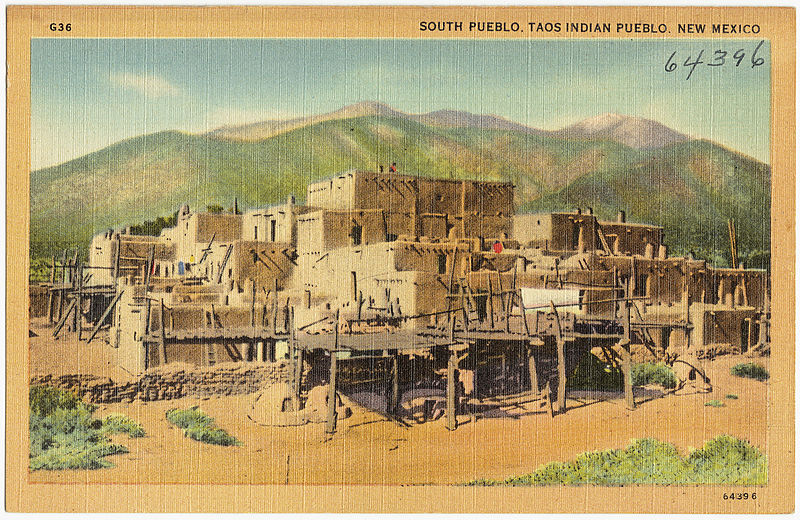
This is another of the few ancient American civilizations to have survived into the 21st century. This time, only 150 people inhabit the city, but that doesn’t take anything away from it’s history. Speaking of it’s history, we know fairly little about their culture as the community is notoriously secretive. Taos Pueblo was an important trade destination for several native tribes. That’s basically all we know about it before the Spanish contacted them in 1540. The Spanish were searching for the legendary city of gold when they found Taos Pueblo. As usually, they got to work enforcing catholic laws. The locals didn’t take to it well, killing several Spanish priests over the next few centuries.

Hopewell tradition

The Hopewell tradition was a network of societies linked together by a vast trade network. It’s trade network stretched from Florida to Canada, making the Hopewell tradition something of an empire. The empire valued individuals based on their occupation and political influence, which proved a stable system. Their economy was unmatched in North-America as no other trade routes were nearly as large. But their trade routes collapsed around the year 500 AD. This severed the civilization of it’s life force. The Hopewell tradition was built on trade. So when trade stopped, so did everything else. Even mound building. This caused communities to break up, and the empire swiftly died.

Thule People
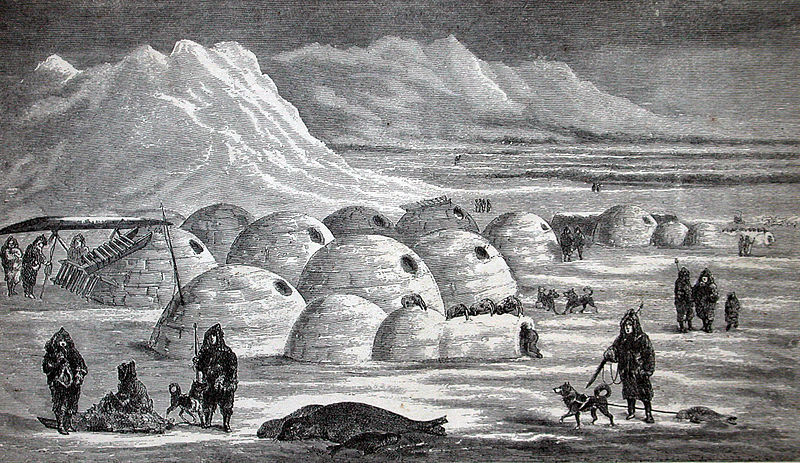
The Thule people were those who populated Alaska and Northern-Canada. They are the ancestors of those we now call the Inuit. So they survived in extremely cold climates, hunting Whales and animals like that. The blubber kept them warm in the winters. They would make their tools from bone and metal. The metal was chipped off of ancient fallen meteorites. At one point, the Viking made contact with the Thule people. Thule people believed in the supernatural world, and that this is where the Viking were from.

Ancestral Puebloans
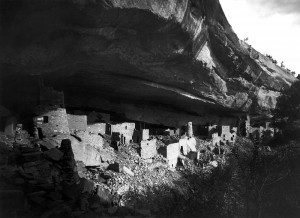
Ancestral Puebloans was a formidable empire in it’s day. Now largely forgotten, they lived in incredible cities carved into cliff-sides. They built huge roads for unknown purposes, which makes them unique. This is what they are remembered for – their roads and their impressive buildings. Just look at the images of these buildings and you’ll be filled by a sense of wonder.
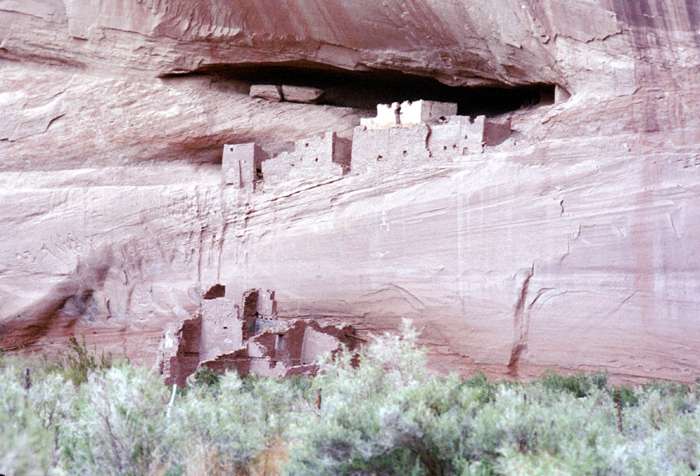
These buildings were eventually abandoned by their inhabitants for unknown reasons. No matter how hard archaeologists look, they can find no answers. That’s why Ancestral Puebloans is known as America’s lost city. It’s certainly one of the most mysterious ancient American civilizations.


